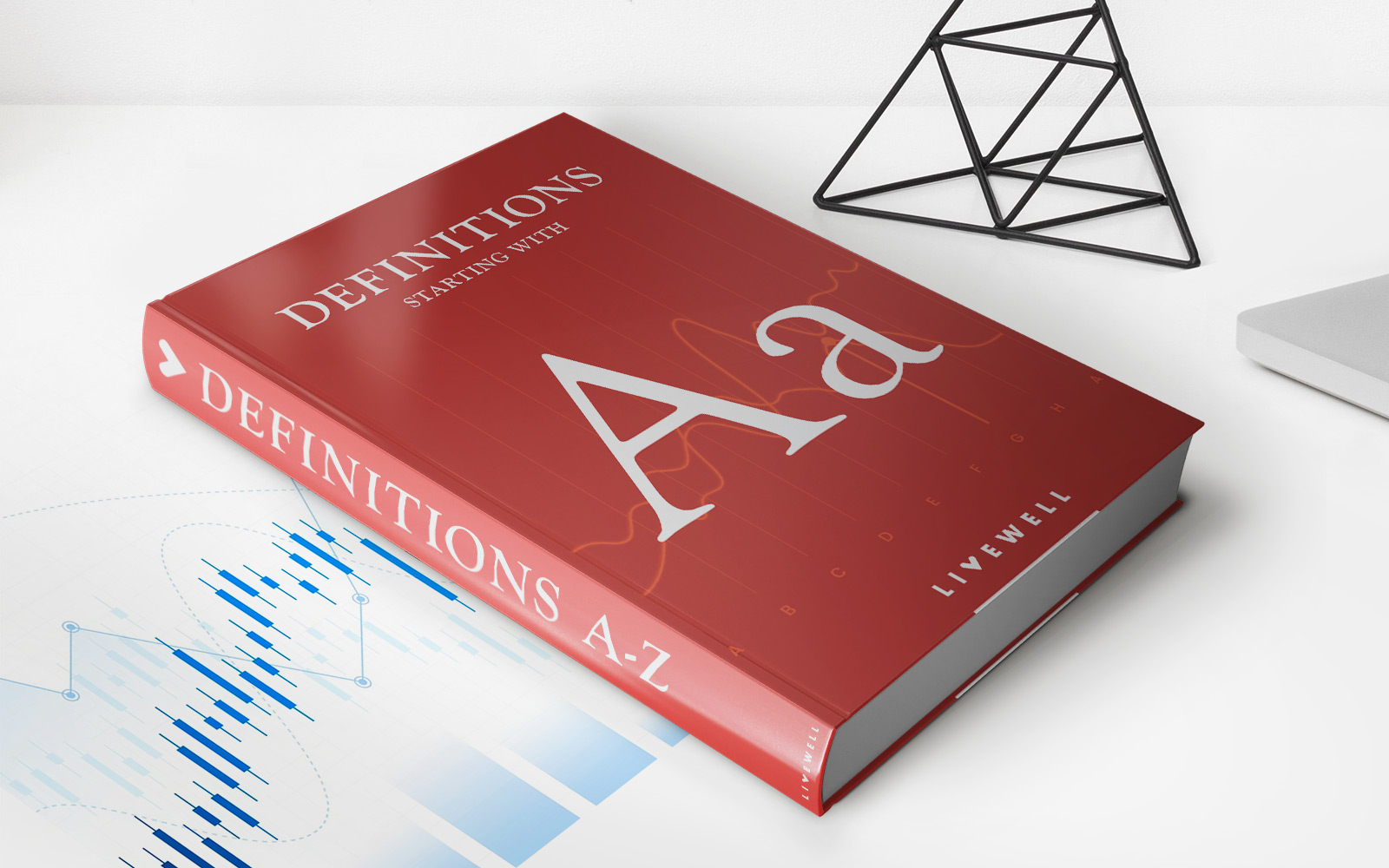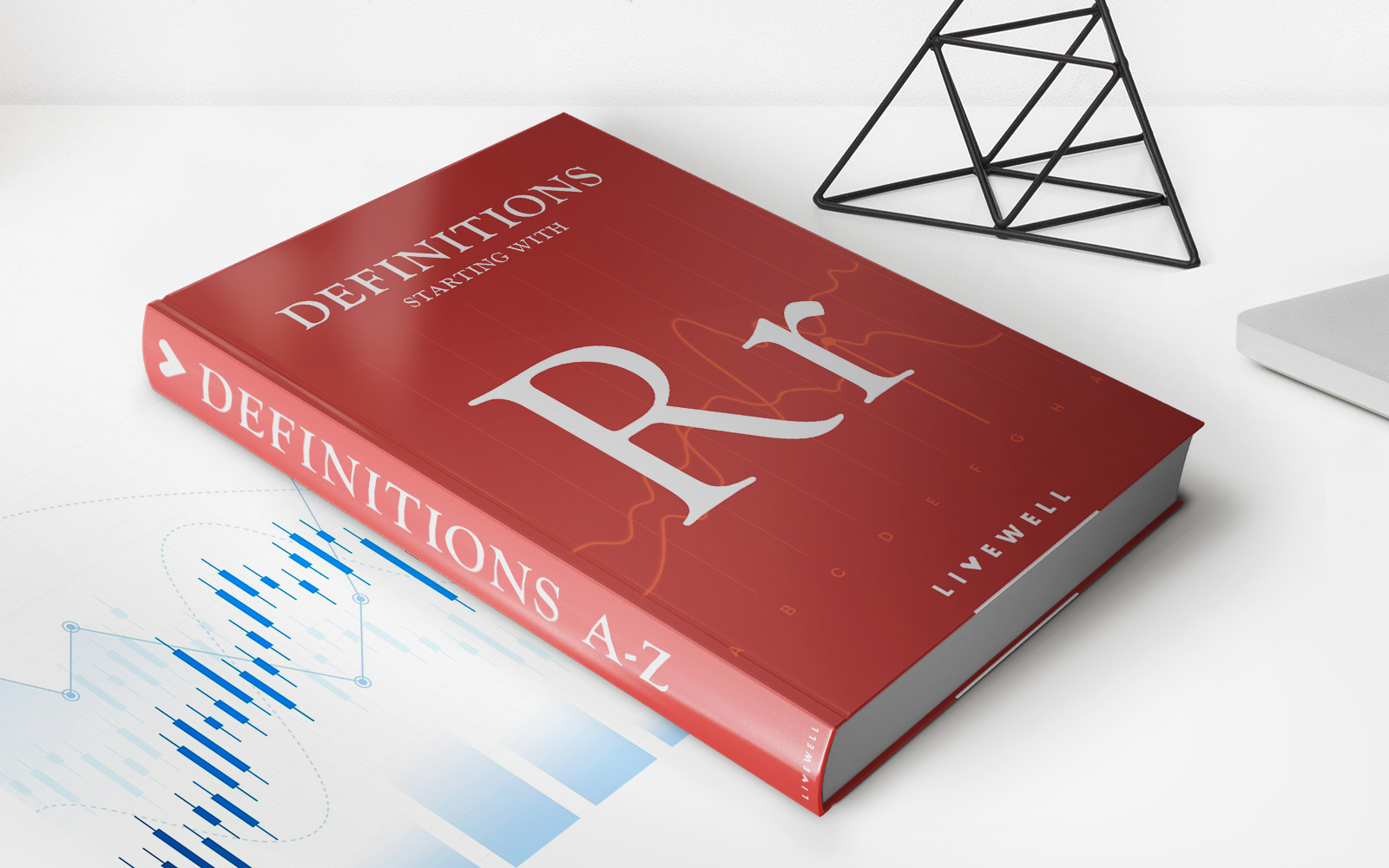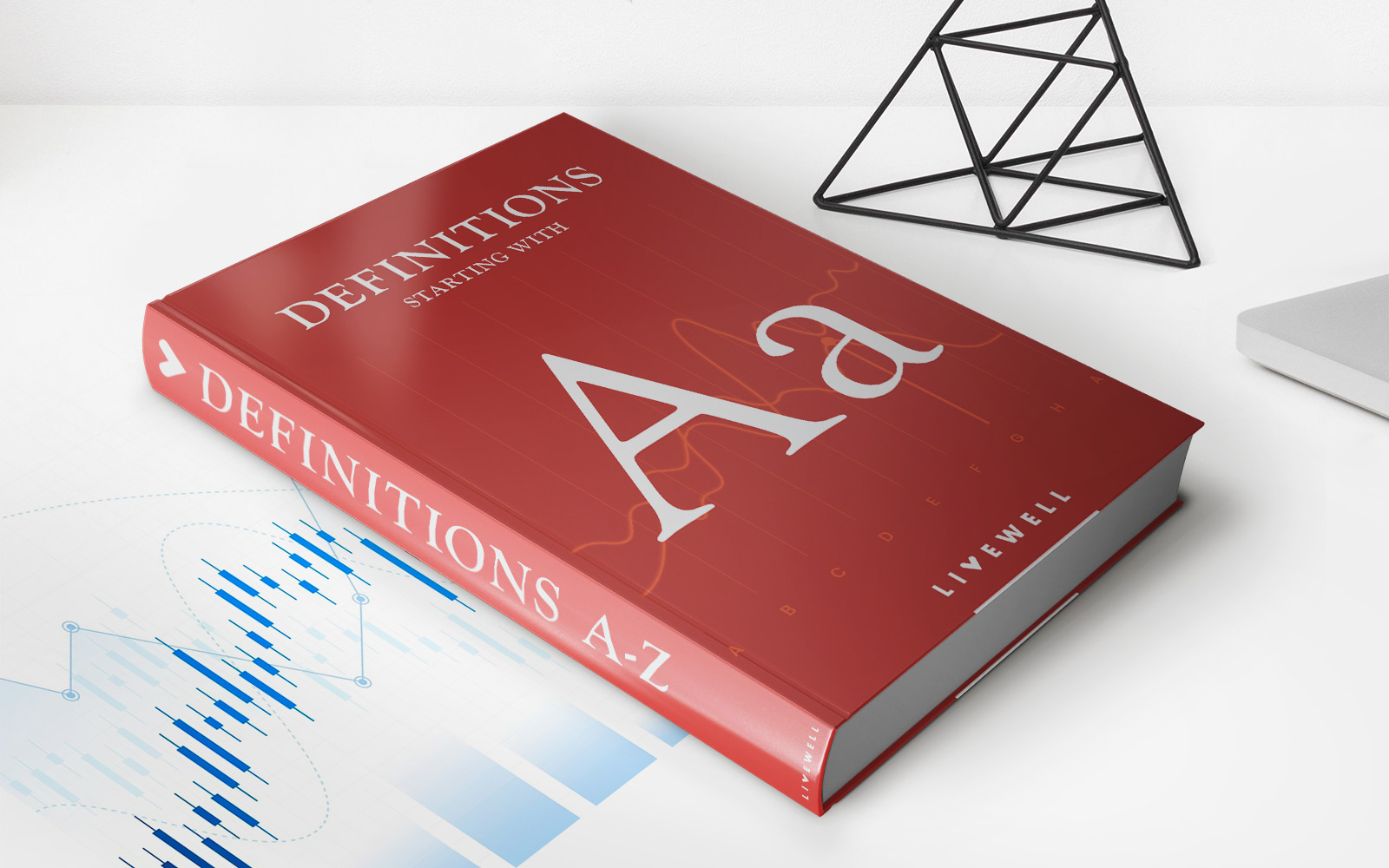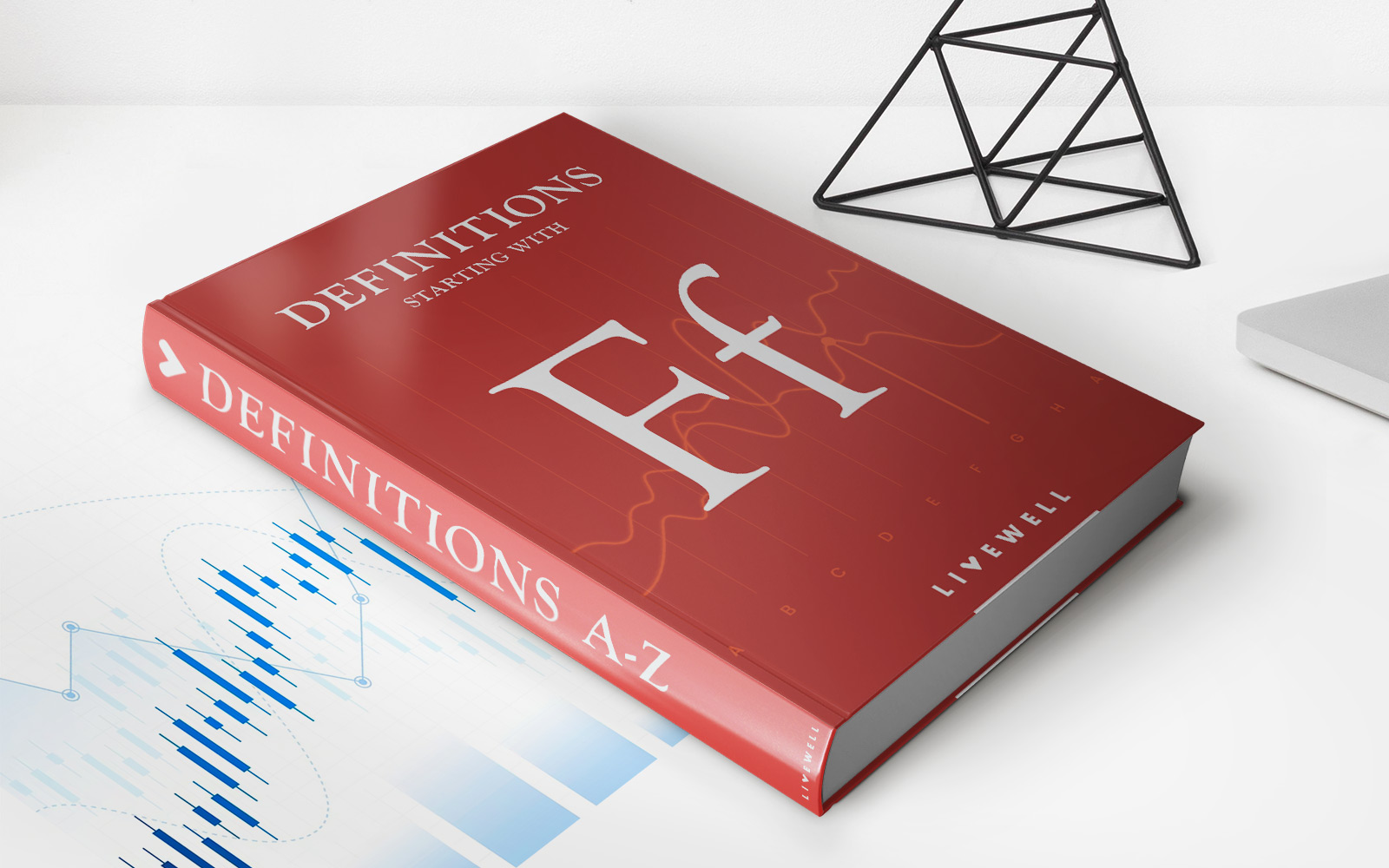Home>Finance>Gantt Charting: Definition, Benefits, And How They’re Used
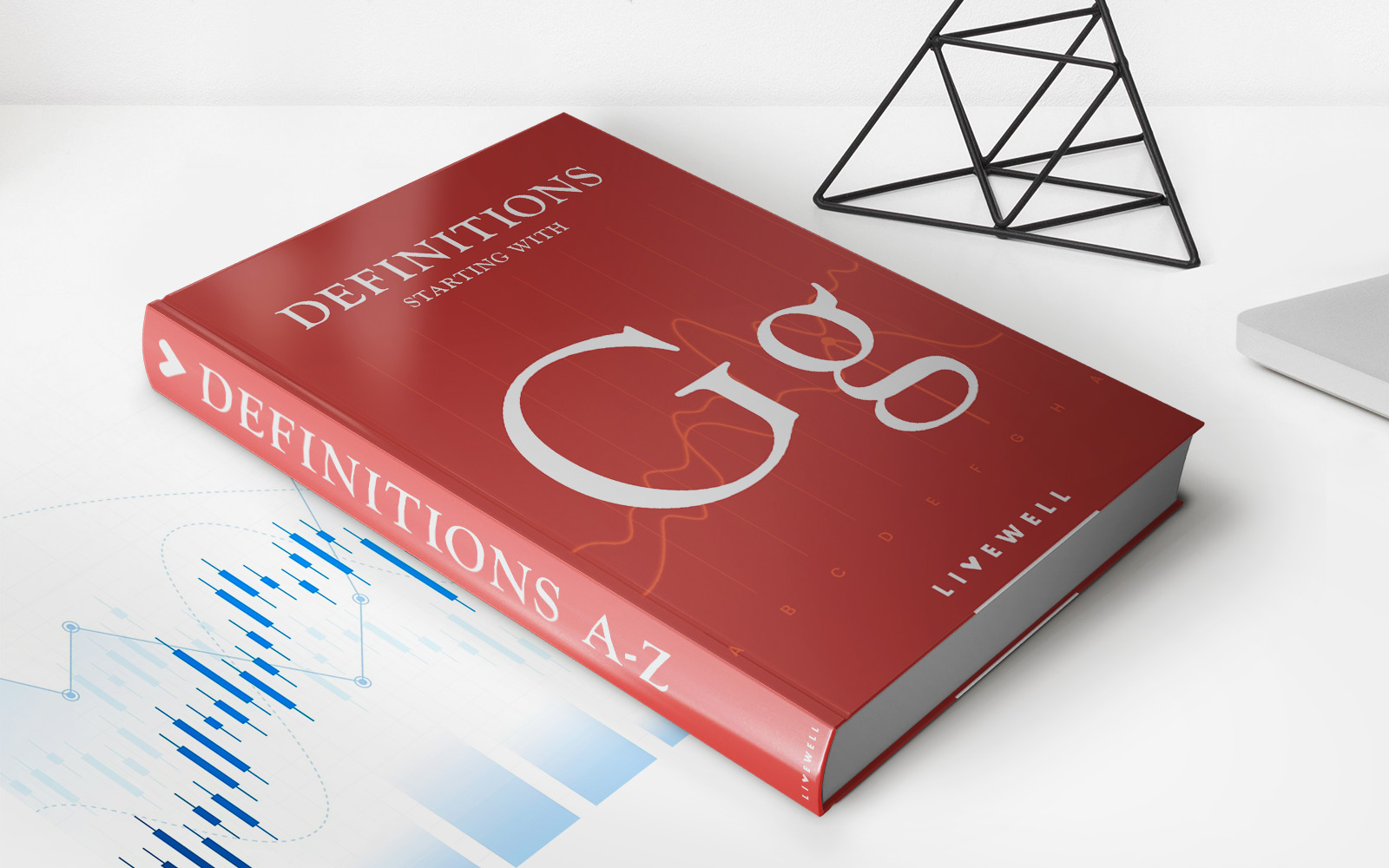

Finance
Gantt Charting: Definition, Benefits, And How They’re Used
Published: November 29, 2023
Learn about the definition, benefits, and usage of Gantt Charting in finance. Discover how this tool helps businesses effectively plan and manage their projects.
(Many of the links in this article redirect to a specific reviewed product. Your purchase of these products through affiliate links helps to generate commission for LiveWell, at no extra cost. Learn more)
Welcome to the World of Gantt Charting
Are you a project manager looking for an efficient way to plan and track your projects? Or perhaps you’re a team leader seeking better visibility into your team’s progress? Look no further! In this article, we’re going to dive into the world of Gantt charting.
Key Takeaways
- Gantt charts provide a visual representation of project schedules.
- They help project managers and team members plan, coordinate, and monitor project progress.
But first, what exactly is a Gantt chart? A Gantt chart is a visual representation of a project schedule, showing the start and end dates of various project tasks and their dependencies. It provides a clear, graphical overview of a project’s timeline, allowing project managers and team members to plan, coordinate, and monitor project progress.
The Benefits of Gantt Charting
Now that we know what a Gantt chart is, let’s explore some of the key benefits it brings to project management:
- Visual Clarity: Gantt charts offer a simple, intuitive way to visualize project tasks, timelines, and dependencies. This visual representation helps project teams understand the overall project plan at a glance, reducing confusion and communication gaps.
- Efficient Planning: With a Gantt chart, project managers can break down complex projects into smaller, manageable tasks and assign them to team members. By clearly defining the project structure, tasks, and deadlines, Gantt charts assist in organizing and prioritizing work, optimizing resource allocation, and ensuring projects stay on track.
But the benefits don’t stop there! Gantt charting also offers:
- Collaborative Environment: Gantt charts provide a shared platform for all project stakeholders to collaborate and stay on the same page. Team members can easily see who is responsible for each task, the task’s progress, and any dependencies that may impact their work.
- Progress Tracking: As tasks are completed and progress is made, project teams can update the Gantt chart accordingly. This real-time tracking helps project managers evaluate project performance, identify potential bottlenecks, and make necessary adjustments to keep the project on schedule.
- Communication Tool: Gantt charts act as a powerful communication tool. They help project managers effectively communicate project plans, timelines, and progress to stakeholders and team members, fostering transparency and enabling informed decision-making.
How Gantt Charts Are Used
Gantt charts are widely used across various industries and project types. Here are a few examples of how Gantt charts can be applied:
- Construction Projects: Gantt charts are instrumental in construction project management. They help coordinate activities such as site preparation, foundation work, installation of infrastructure, and building construction by visualizing the project timeline and interdependencies between tasks.
- Product Development: Gantt charts aid in product development by organizing tasks related to research, design, prototyping, testing, and final production. This enables teams to track progress, identify potential delays, and ensure the timely launch of new products.
- Event Planning: Whether it’s a wedding, conference, or music festival, event planners rely on Gantt charts to schedule and manage various event components, such as vendor coordination, venue setup, marketing campaigns, and attendee registration.
These are just a few examples of the many ways Gantt charts can be used. The versatility of Gantt charting makes it a valuable tool for any project that requires careful planning and resource management.
Conclusion
Project management can be complex, but with the help of Gantt charts, the process becomes much simpler. Gantt charting brings numerous benefits to project managers and teams, from better project planning and efficient resource allocation to improved communication and progress tracking.
So, next time you embark on a new project, consider implementing Gantt charting as part of your project management toolkit. You’ll be amazed at how it enhances your planning, coordination, and overall project success!
